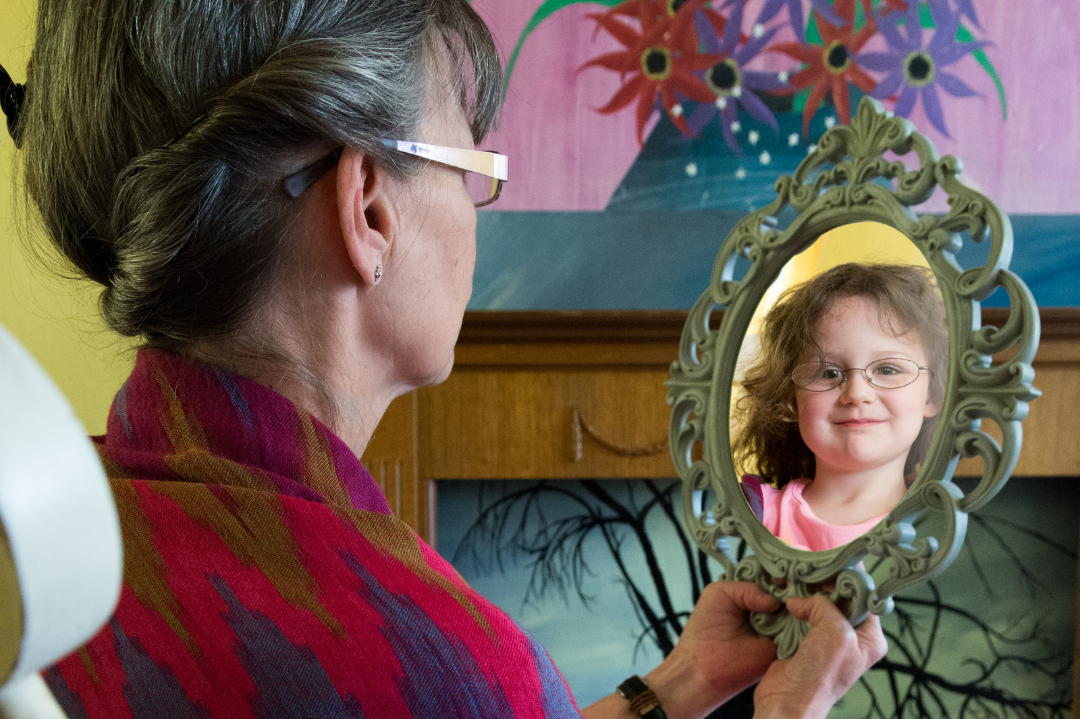Share This Story, Choose Your Platform!
The Concept of the Inner Child and How to Heal It
In my counselling journey so far, I have noticed that a lot of the people that I see are still holding on to a lot of the painful experiences they had in their childhood.
These past childhood experiences can have very destructive effects on peoples’ present lives. The inner child is seen as “the core of the personality that has been moulded by the directions on how to act to be loved that the person receives in childhood.” The inner child represents part of the adult that is still holding onto memories, experiences, and feelings from their childhood. Dysfunctional families that result in painful experiences and lack of nurturing during childhood can cause a wounded inner child that may taint their adult life; as well as influence their beliefs, their behaviours and their relationships. Some of the childhood experiences that may lead to a wounded inner child include neglect, abuse, rejection, unmet needs, and trauma.
When a child does not receive the emotional support or attention that they need from their caregivers, they may feel abandoned or unworthy not only in their childhood, but when they are an adult too. When a child is abused (emotionally, physically, or sexually), it often affects their self esteem in adulthood as well as their ability to form healthy adult relationships. When a child experiences a lot of rejection in their childhood, this may lead to an excessive need for external validation rather than being able to provide themself with the validation that they need from within when they are older. When a child’s needs for stability, love or affection are unmet, they may carry those feelings of emptiness and insecurity into their adult life. When a child experiences or witnesses traumatic events, these events may leave emotional scars that may impact their mental health and well-being in their adulthood. From the examples of inner child wounds above, we can see that even though the child grows into an adult, their childhood experiences are carried with them and these wounds are underlying factors that affect their daily functioning as an adult.
Adults with a wounded inner child may exhibit the following characteristics: codependence, problems with intimacy and trust, compulsive and addictive behaviours, among many others. Healing the inner child can greatly improve one’s experience of life; help one develop self-compassion, overcome childhood traumas, and foster emotional well-being. So how do we do that?
Healing the inner child is a long process of self-discovery and self-compassion that involves grieving the developmental needs that were neglected during childhood, as well as acknowledging and addressing the emotional wounds that were inflicted during their childhood.
A good place to start working on healing your inner child is self-reflection. This involves taking time to reflect on your childhood and trying to identify the experiences that may be responsible for wounding your inner child. It can be beneficial to journal throughout this period of self-reflection. Throughout this process, it is important to have self-compassion; treat yourself with the same care, understanding, and kindness that you would treat a child – afterall you are working with your own inner child, and that child deserves to be loved and cared for. Part of this self-compassion involves developing a positive inner dialogue; stopping negative self-talk in its tracks and replacing it with kind words and affirmations that allow for healing and improved self-worth. You wouldn’t say hurtful things to a child, so why would you say them to yourself and your own inner child?
When you go back and reflect on and process your past experiences, you may find that a lot of emotions may be brought to the surface. It is important to let yourself experience and express these emotions as this plays a big role in releasing the pent-up feelings that you may be holding onto from your childhood. Forgiveness is also a big part of healing your inner child, this involves not only forgiving others for your past wounds but also forgiving yourself. Forgiving is a powerful tool to help with releasing past emotions and with moving on from the things that have hurt us.
Healing your inner child may be a scary and intimidating process. If you feel overwhelmed or like it is something that is outside of your capabilities, it can be helpful to seek support from a counsellor. They may be able to guide you through exercises or techniques that are specifically designed to heal your inner child, such as guided meditations or visualisations.
It is important to remember that healing your inner child is a process that takes time; it requires dedication and patience. Once you heal and nurture your inner child, you are able to love a more fulfilling and happier life; while it is a process that requires a lot of effort, it is definitely worth it in the end.
Author: Jenna Gloag

References:
Bradshaw, J. (1988). Healing the Shame that Binds You (illustrated ef.). Health Communications Inc.
Germer, C. K. (2009). The Mindful Path to Self-Compassion: Freeing Yourself from Destructive Thoughts and Emotions. The Guilford Press.
Kneisl, C. R. (1991). Healing the Wounded, Neglected Inner Child of the Past. Nursing Clinics of North America, 26(3), 745 – 755.
Nedd, K. D. (2003). Self-Compassion: An Alternative Conceptualisation of a Healthy Attitude Toward Oneself. Self and Identity, 2(2), 85 – 101.


